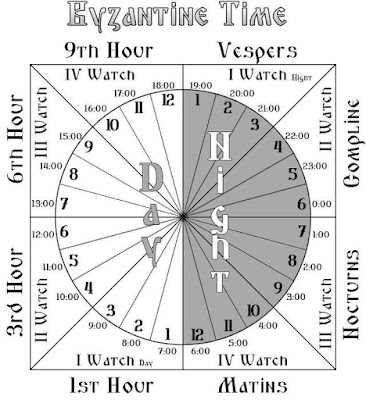When Richard died and the throne passed to his younger brother, the Archbishop of Rouen had the privilege of investing him as the new Duke of Normandy (on 25 April 1199). John initially pledged to protect and support the Norman church, and he confirmed Rouen's possession of the important seaport of Dieppe (granted by Richard in recompense for appropriating Andeli against Walter's wishes). On the other hand, John took issue with some of Walter's other rights over Rouen's territory, and forced Walter to pay money to retain some of those rights.
In May 1200, Walter was asked to mediate between John and Philip II of France. Although the two men had worked in concert while Richard was king, as king in his own right John became Philip's rival, starting hostilities that would go very badly for John and England. (The illustration is of a clash between Philip and Richard from a 14th century chronicle.)
Walter had a later problem over an issue that numerous kings and prelates clashed over: the election of clergy. A bishop in Normandy died and the cathedral chapter elected their own successor. Walter wanted a different man to get the position (with John's agreement), since it was a bishop under his jurisdiction. There were two sides to the ensuing conflict, and Pope Innocent III stepped in to make a choice, but did not go with the choice of Walter and John, instead choosing an archdeacon named Silvester. Walter refused to consecrate him. Innocent chose another archbishop to perform the ceremony, but John prevented Silvester from assuming his role. In a typical move, Innocent pronounced an Interdict for Normandy, so no religious services or sacraments could be performed. This move always horrified the Christian populace, so John finally relented.
Innocent did not always clash with Walter and John. In 1202 he authorized Walter to use his role as archbishop to punish those in Normandy who would rebel against John's commandments. John lost Normandy to Philip in 1204, and Walter simply shifted his loyalty to Philip, who supported Walter.
Walter de Coutances died on 16 November 1207, and was buried in Rouen Cathedral. He was possibly not even 50 years old at the time. His desire for wealth meant he left behind a large library or religious and legal books, as well as classical authors. He also had a large number of jewels and vestments.
I want to talk more about the clash between Walter and Richard over Andeli, and the glorious fortress built by Richard on the site. Tomorrow we will visit the Château Gaillard!


.jpg)

















